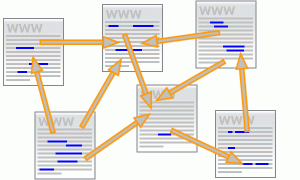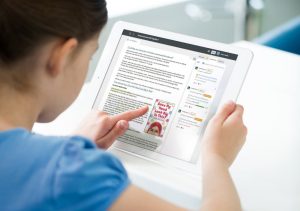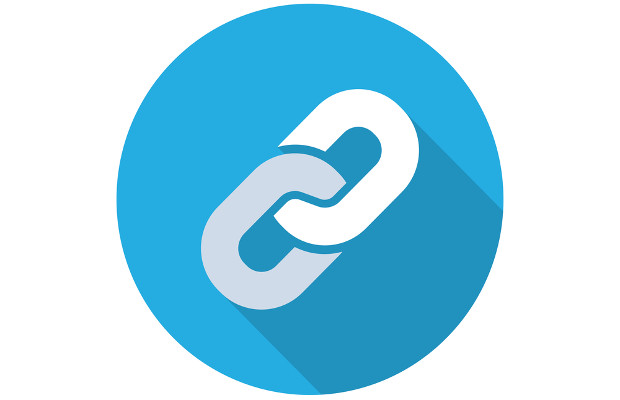In the article Reading on Screen: The New Media Sphere, Christian Vandendorpe describes hypertext as “a way of linking any portion of a document to another one.” Hypertext changes a way a text is read because it allows more information to be allowed than what initially would be there without it. For example, with our genre projects, I wrote about BeautyGrams (beauty posts on Instagram). In my project, I discuss how people post beauty videos on YouTube – which is what Kes did her project on. I was able to hyperlink her post into mine so that when someone reading my wiki post sees me mentioned YouTube beauty videos and wants to learn more, all they have to do is click the hyperlink and it’ll take them to a whole new page specifically on that topic. The two pages were linked together. Wikipedia and many other websites function the same way. More information is just (usually) at the click of a button.

I think Jordyn provides an interesting quote from the reading in her blog post about whether or not hypertext is done exclusively with digital writing saying that “the link would consequently allow for a natural sequence of ideas” (Barnet). As stated, hypertext gives the reader the ability to go from document to document. I believed it wasn’t something that you are able to do in print. Printed texts are able to reference other works and they can cite and also footnote information. In my opinion, that is not fluid hypertext text because it’s not necessarily a direct link to the other text. The reader would have to go out and rent/purchase the other book/source for it to be linked fully. However, I might be thinking about the idea of hypertext too literally. I understand the arguments that Vicky and Vivian make in their posts, though as well.

“Hypertext links give an incredible lightness to the reader, who can easily jump from one idea to another one, shifting contexts as easily as in a conversation. This is not always a blessing, of course, since it distracts the reader from following a single thread of thought, as is normally required in reading a printed book” (Vandendorpe). As mentioned above, hypertext allows an abundance of information to be accessible to the reader in an instant. It allows the author to (almost) seamlessly connect other information without over-telling. That is a big benefit. However, a drawback is exemplified in the quote at the beginning of the paragraph. If a reader clicks the hyperlinked text and then returns to the original document, it is easy to forget what was originally stated because there is so much information being presented – as the author says “it distracts the reader from following a single thread of thought.” Hypertext has significantly benefited the publishing world (in my opinion), but like all things, it’s not perfect.
Word Count: 477
Works Cited:
Vandendorpe, Christian. “Reading On Screen: The New Media Sphere.” pp. 203–215.
Barnet, Belinda, and Darren Tofts. “Too Dimensional: Literary and Technical Images of Potentiality in the History of Hypertext.” pp. 283–300.
